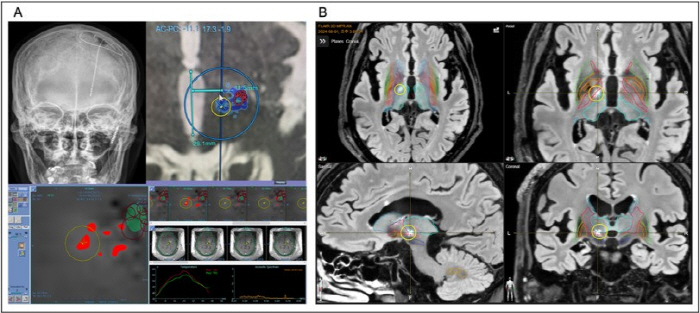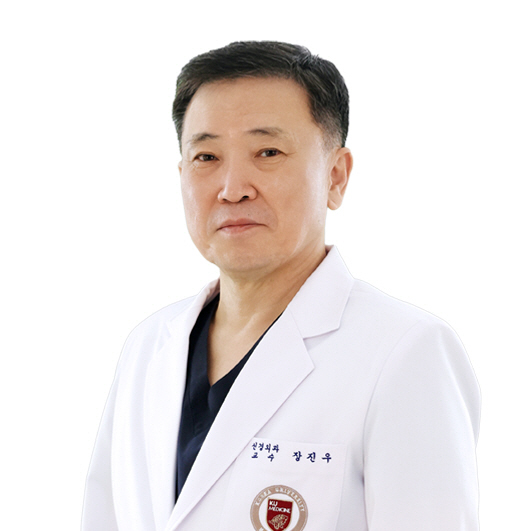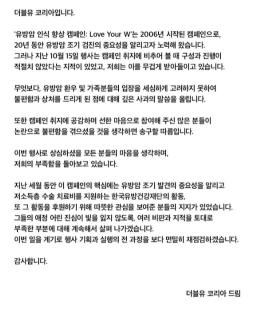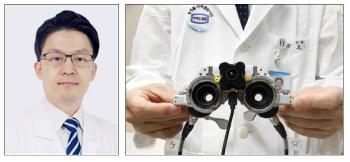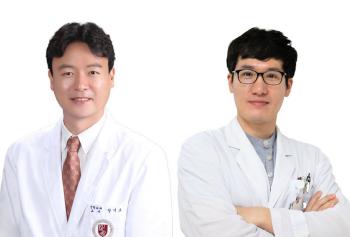World's First Success in Intensive Ultrasound Surgery on Deep Brain Stimulator Transplantation Patients
May 28, 2025
|
Anosmia is a severe abnormal motor disease in which sudden and irregular movements occur in various parts of the body, such as the face, arms, and legs.
It can occur for various causes such as hereditary neurological disease or diabetic neuropathy caused by hyperglycemia. In general, if it is not solved by the treatment of evil, a deep brain stimulator is transplanted to treat it, but there was no alternative treatment for intractable thrombosis patients who did not respond to deep brain stimulation surgery.
Recently, high-intensity ultrasound surgery has been attracting attention as a new alternative, but its effectiveness has not yet been proven in asthmatic patients, and it has been considered taboo to attempt additional ultrasound surgery with electrodes inserted because metal electrodes from implanted deep brain stimulators reduce the accuracy of MRI images and interfere with ultrasound energy transfer.
Professor Jang Jin-woo's team performed high-intensity ultrasound surgery on a 69-year-old martial arts male patient who implanted a deep brain stimulator at a U.S. university hospital two years ago, but had no therapeutic effect. The research team calculated the ultrasound energy transfer path at the surgical target point and set up an ultrasound transmission prohibition area in consideration of the distance from the deep brain stimulator. By controlling the ultrasonic intensity and direction to minimize interference between electrodes, we successfully performed the world's first high-intensity ultrasonic biliary tract resection (PTT) without removing the deep brain stimulator. There were also no postoperative side effects.
This study is the first case in the world to achieve a therapeutic effect only with high-intensity ultrasound surgery, a non-invasive treatment, without additional surgery to remove the deep brain stimulator. It is of great significance in that it reduces the risk of unnecessary additional surgery and side effects of patients.
Professor Jang Jin-woo said, "This study is a groundbreaking achievement in overcoming the limitations of deep brain stimulation and expanding the application range of high-intensity ultrasound surgery. In particular, high-intensity ultrasound surgery is a non-invasive surgical method and can be applied to patients who have already implanted deep brain stimulators, which is expected to be a new hope for symptom recovery in patients with intractable abnormal motor disease."
Professor Jang Jin-woo's findings were recently published in the international journal Brain Stimulation.
|
This article was translated by Naver AI translator.
